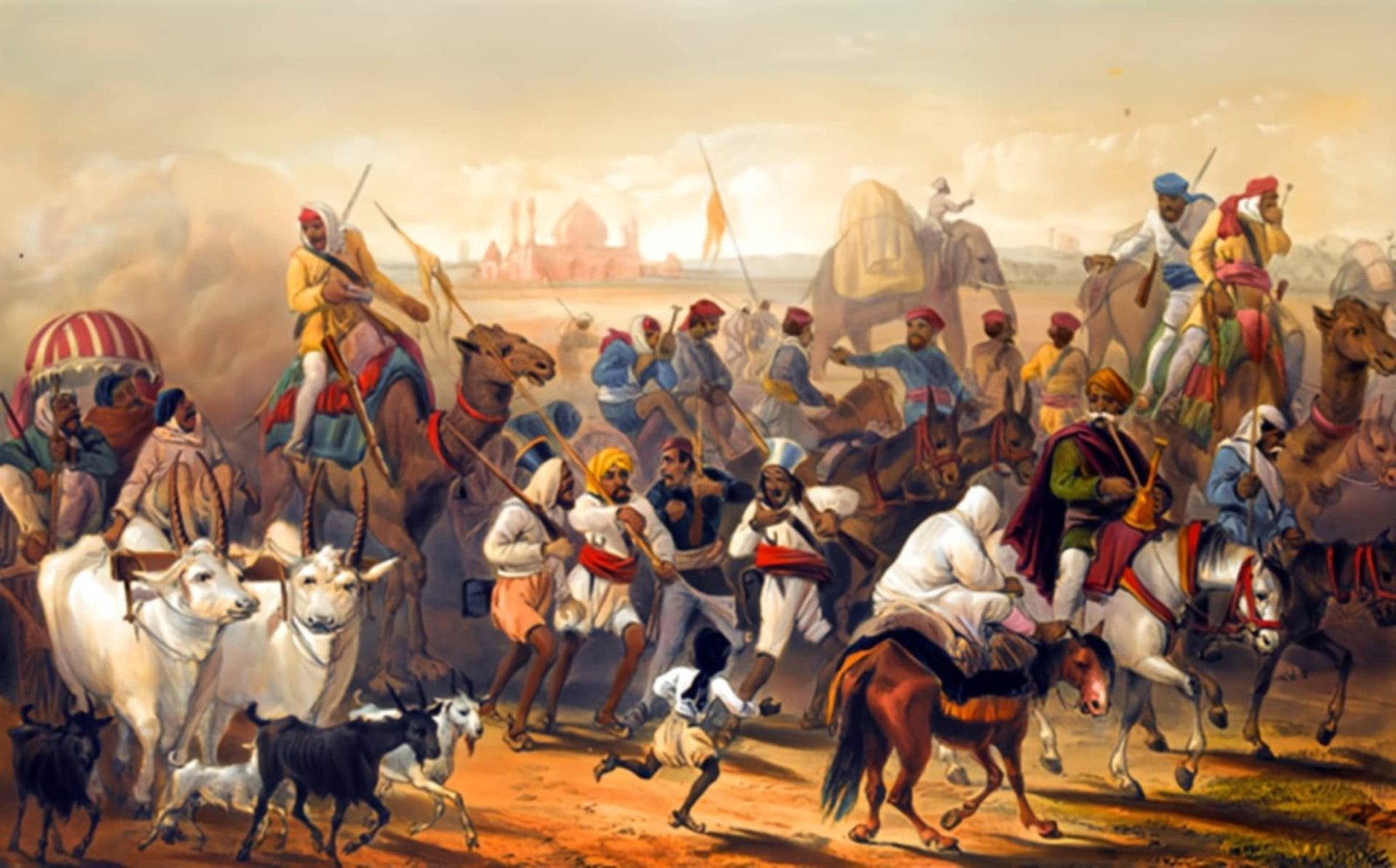The Indian Rebellion of 1857, additionally referred to as the Sepoy Mutiny, marked a giant turning factor in India’s battle for independence from British colonial rule. Explore the key events that fashioned this historical uprising:
Introduction of New Rifle Cartridges:
In 1856, the British added new Enfield rifle cartridges greased with animal fats.
This offended Indian squaddies (sepoys) because it conflicted with their spiritual beliefs, fueling discontent.
Revolt Begins in Meerut:
On May 10, 1857, sepoys in Meerut rebelled against the British officers.
They freed imprisoned comrades and marched to Delhi, triggering giant revolt.
Capture of Delhi:
Rebels captured Delhi on May 11, 1857, with Bahadur Shah II, the remaining Mughal emperor, as their nominal leader.
Delhi have become the middle of revolt, inspiring uprisings across northern India.
Siege of Lucknow Begins:
In June 1857, rebels besieged the British residency in Lucknow.
The siege lasted for months, showcasing the resilience and backbone of both sides.
Massacre at Cawnpore (Kanpur):
In June 1857, British women and kids in Cawnpore had been taken captive with the aid of rebels underneath Nana Sahib.
After negotiations broke down, the captives were brutally massacred, causing shockwaves all through India.
Relief of Lucknow:
In November 1857, British forces led by Sir Colin Campbell correctly lifted the siege of Lucknow.
The remedy marked a turning factor within the rebellion, boosting British morale and breaking rebel resistance.
Execution of Rani Lakshmibai:
Rani Lakshmibai, the courageous queen of Jhansi, led her forces towards the British.
After a valiant combat, she died in struggle, turning into a image of Indian bravery and resistance.
End of the Rebellion:
The riot steadily lost momentum by 1858 due to British navy superiority.
Many revolt leaders were captured, killed, or pressured into exile, bringing the uprising to an quit.
British Raj Established:
In 1858, the British authorities abolished the East India Company’s rule and assumed direct manage over India.
The rebellion induced giant political and administrative adjustments, main to the establishment of the British Raj.
| Year | Event | |||
| 1856 | Introduction of the new Enfield rifle cartridges | |||
| 1857 | Revolt begins in Meerut | |||
| 1857 | Capture of Delhi | |||
| 1857 | Siege of Lucknow begins | |||
| 1857 | Massacre at Cawnpore (Kanpur) | |||
| 1857 | Relief of Lucknow | |||
| 1857 | Battle of Jhansi | |||
| 1857 | Execution of Rani Lakshmibai | |||
| 1857 | Siege of Arrah | |||
| 1857 | Siege of Lucknow ends | |||
| 1857 | Execution of Bahadur Shah II (the last Mughal Emperor) | |||
| 1857 | Battle of Gwalior | |||
| 1857 | End of the rebellion | |||
| 1858 | British Raj established | |||
| 1858 | Execution of Tatya Tope | |||
| 1858 | Execution of Nana Sahib | |||
| 1858 | Execution of Kunwar Singh | |||
| 1859 | Death of Rani Lakshmibai in battle |
The Indian Rebellion of 1857 left an indelible mark on the struggle for Indian independence. It fueled a renewed spirit of nationalism, highlighting the want for team spirit and resistance towards colonial oppression. The occasions of this rebel laid the foundation for destiny moves that in the end brought about India’s freedom.



